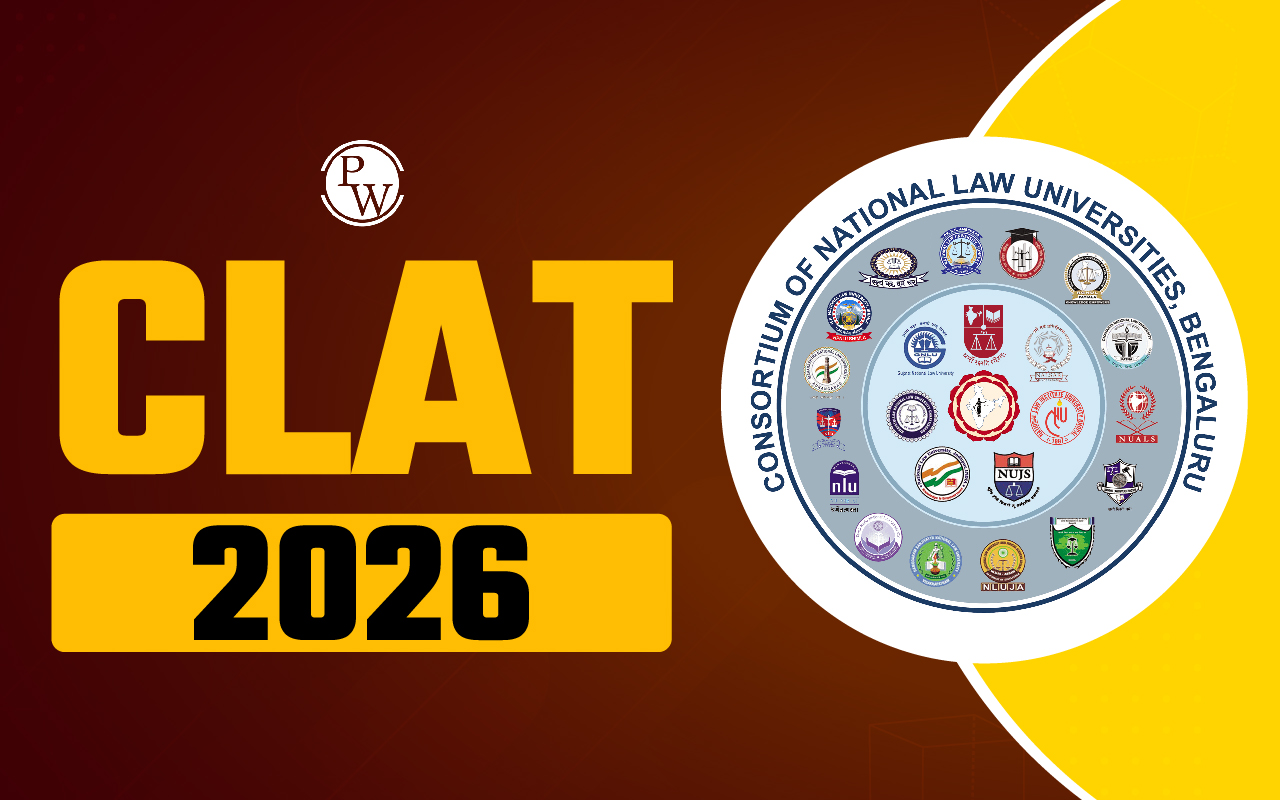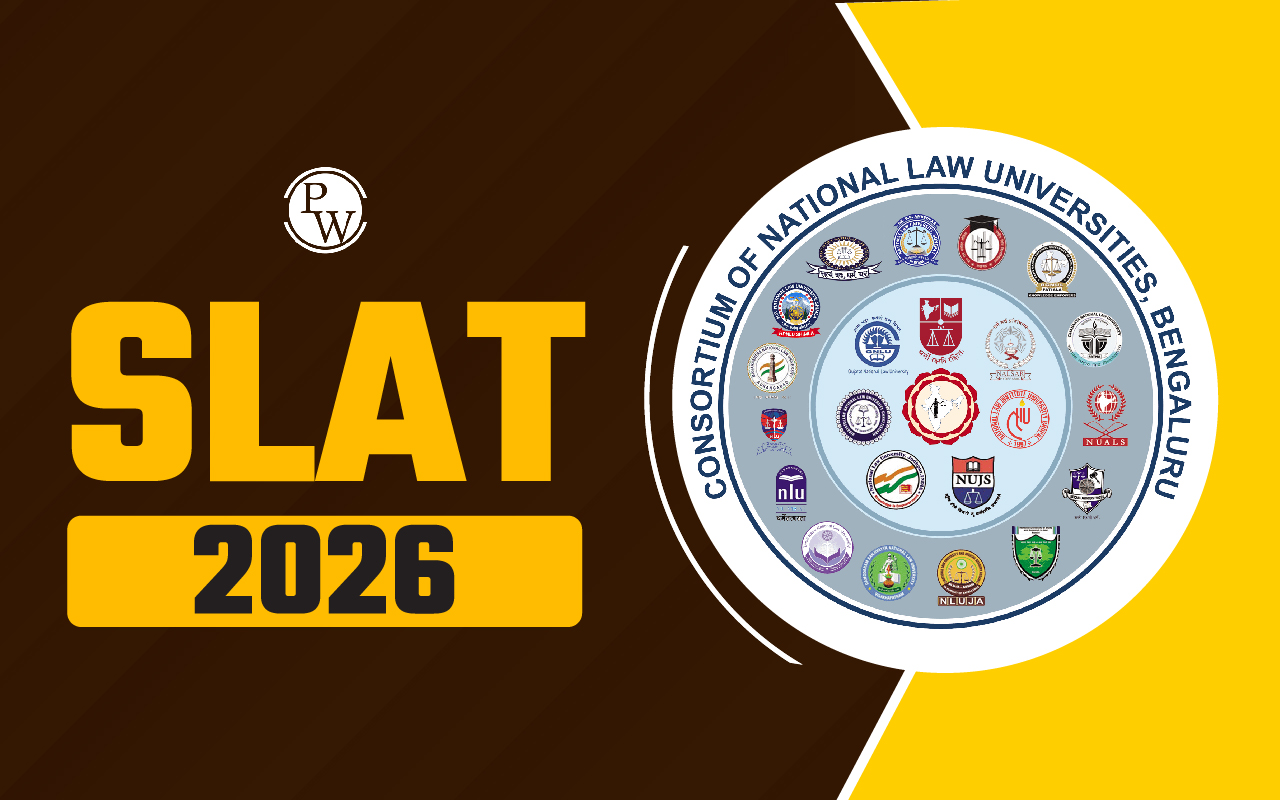
Interesting Facts About National Flag of India
- Horizontal tricolour: Saffron (Kesari) at the top, white in the middle, and dark green at the bottom in equal proportion.
- Ratio of width to length: 2:3.
- Adopted in present form on July 22, 1947, during the Constituent Assembly meeting.
- Tricolour with chakra was first accepted by the Indian National Congress in 1931.
- Saffron symbolizes courage, sacrifice, and renunciation; white represents truth and purity; dark green signifies life and prosperity.
- Wheel (chakra) in the center symbolizes progress and movement with 24 spokes.
- By law, the flag is made of khadi, a hand-spun cloth of cotton or silk popularized by Mahatma Gandhi.
- Supreme Court declared the right to hoist the flag as a fundamental right under Article 19 (i) (a) of the constitution in 2002.
- Designed by Pingali Venkayya, an agriculturist and freedom fighter.
- Hoisted for the first time in 1906 by Sachindra Prasad Bose in Calcutta and in 1907 by Madam Bhikaji Kama in Stuttgart.
- First flag committee headed by Dr. Rajendra Prasad.
- Right to manufacture the flag is held by the Khadi Development and Village Industries Commission.
- On May 29, 1953, the Indian flag was flown atop Mount Everest.
- Flown at half-mast as a sign of respect when notable leaders or dignitaries pass away.
- The flag at the Attari-Wagah border is one of the biggest globally, with a length of 110 meters and breadth of 24 meters.
Code of Conduct for National Flag of India
The National Flag is respected by every Indian, and there are specific guidelines for its use:
- When raised, the saffron colour band should be at the top.
- No flag or emblem should be placed above or to the right of the National Flag.
- Other flags should be placed to the left of the National Flag if hung in a line.
- During a procession or parade, the National Flag should be on the marching right or in front of the center.
- It should be flown over important government buildings.
- It should not be used for trade, business, or profession.
- The National Flag should be taken down in the evening at sunset.
Note: Enroll with Physics Wallah (PW) for cost-effective CLAT 2024 preparation. Join the CLAT Rank Booster Batch now to enhance your strategy and elevate your preparation.
https://www.youtube.com/watch?v=4s6c8OqUZkA| Other Important Links | |
|---|---|
| Best GK Books for CLAT 2024 Preparation | 50 Important Legal Maxims For CLAT 2024 |
| CLAT 2024 Final Answer Key (9th Dec) | CLAT Admission Process 2024 |
Interesting Facts About Indian National Flag FAQs
What are the fun facts about Indian National Flag?
The very first Indian flag was created back in 1904, before India gained independence. Sister Nivedita, an Irish disciple of Swami Vivekananda, made this flag. It had two colors, red and yellow. The red represented the freedom struggle, while the yellow symbolized victory.
What are the facts about flag hoisting?
The first Indian National Flag in India was raised on August 7, 1906, in Calcutta's Parsee Bagan Square (Green Park). The second flag was hoisted by Madame Bhikaji Cama in Paris in 1907. In 1917, Lokmanya Tilak and Dr. raised the third flag during the Home Rule movement.
Why Ashoka Chakra has 24 lines?
The Ashoka Chakra has 24 spokes, which are thought to represent the 24 hours of the day. This symbolizes that the country should always be moving and progressing, day and night. Additionally, the chakra is seen as a symbol of unity and harmony.
Why is Indian flag unique?
The colors of the Indian flag—saffron, white, and green—each symbolize important values. Saffron represents courage and sacrifice, white represents peace and truth, and green represents faith and chivalry.
Why Indian flag is lowered after sunset?
In the past, flags served to show soldiers where their headquarters were and lead them into battle. As battles didn't happen at night, lowering the flag in the evening signaled to the soldiers that the work day was over, and they could take a break. This practice continues today.
Talk to a counsellorHave doubts? Our support team will be happy to assist you!

Check out these Related Articles
Free Learning Resources
PW Books
Notes (Class 10-12)
PW Study Materials
Notes (Class 6-9)
Ncert Solutions
Govt Exams
Class 6th to 12th Online Courses
Govt Job Exams Courses
UPSC Coaching
Defence Exam Coaching
Gate Exam Coaching
Other Exams
Know about Physics Wallah
Physics Wallah is an Indian edtech platform that provides accessible & comprehensive learning experiences to students from Class 6th to postgraduate level. We also provide extensive NCERT solutions, sample paper, NEET, JEE Mains, BITSAT previous year papers & more such resources to students. Physics Wallah also caters to over 3.5 million registered students and over 78 lakh+ Youtube subscribers with 4.8 rating on its app.
We Stand Out because
We provide students with intensive courses with India’s qualified & experienced faculties & mentors. PW strives to make the learning experience comprehensive and accessible for students of all sections of society. We believe in empowering every single student who couldn't dream of a good career in engineering and medical field earlier.
Our Key Focus Areas
Physics Wallah's main focus is to make the learning experience as economical as possible for all students. With our affordable courses like Lakshya, Udaan and Arjuna and many others, we have been able to provide a platform for lakhs of aspirants. From providing Chemistry, Maths, Physics formula to giving e-books of eminent authors like RD Sharma, RS Aggarwal and Lakhmir Singh, PW focuses on every single student's need for preparation.
What Makes Us Different
Physics Wallah strives to develop a comprehensive pedagogical structure for students, where they get a state-of-the-art learning experience with study material and resources. Apart from catering students preparing for JEE Mains and NEET, PW also provides study material for each state board like Uttar Pradesh, Bihar, and others
Copyright © 2025 Physicswallah Limited All rights reserved.
Get App








